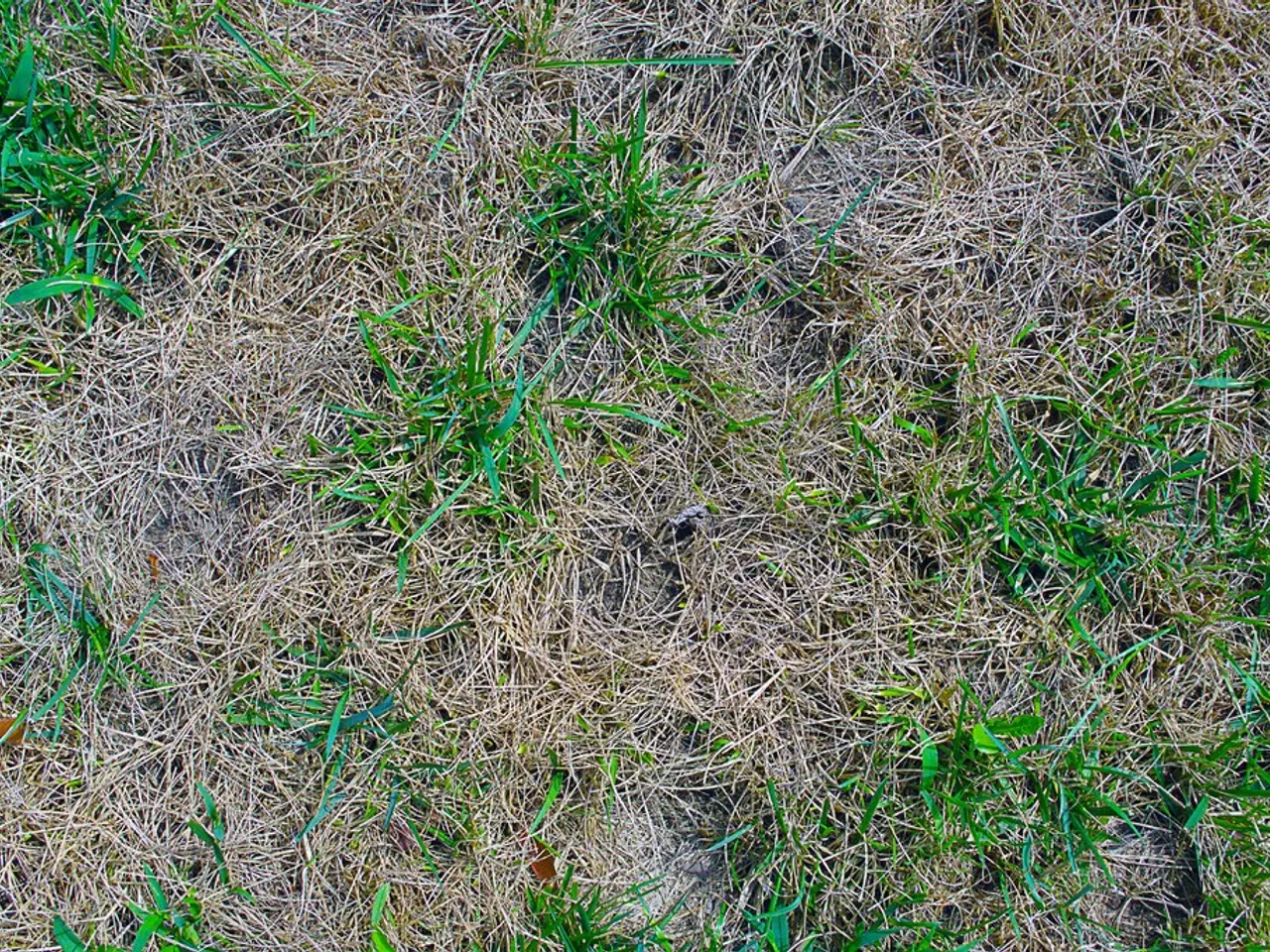Achievement of 10,000 hectares, yet more agriculturalists required to fulfill the growing demand for Pasture Meat
In the ever-growing market for health-conscious food, the demand for 100% grass-fed meat is on the rise, and the Pasture for Life (PFL) certification is leading the charge. Established in 2011, the Pasture for Life Association aims to promote and certify farms that adhere to natural pasture feeding and high welfare standards.
To become a certified PFL Farmer, you must go through a straightforward process that involves self-assessment, meeting high certification standards, and passing a farm inspection. The farm must adhere to a pasture-based system, ensuring animals are raised on natural diets exclusively from pasture. It must also maintain high animal welfare standards, be wildlife friendly, and provide full traceability of every animal.
The self-assessment process involves evaluating your farm practices against PFL standards to verify compatibility. Afterward, you submit an application for certification and undergo a thorough farm inspection to confirm compliance. Once certified, farmers are allowed to market their products with the Pasture for Life logo and access various promotional schemes supporting certification members.
Traceability implementation is crucial, as it involves setting up systems to trace animals from pasture to product. Maintaining ongoing compliance is also essential to keep the certification, including welfare, diet, and environmental criteria.
This certification is suited to farms capable of sustaining livestock primarily on pasture, providing a clear consumer assurance of 100% grass-fed meat. It complements and contrasts with organic certification but is independent from it.
As of mid-2025, about 150 farms are certified, and 900 members are involved. Russ Carrington, the executive secretary of the Pasture for Life Association, believes there is a great opportunity for British farmers to grow grass for meat production. Interested parties can find information about becoming a Certified 'Pasture for Life' Farmer by clicking the provided link.
The farmland managed under these standards covers approximately 10,000 hectares, sustaining around 6000 cattle and 9000 sheep. No grain, soya, or maize is used in the feeding of these animals. Consumers appreciate 'Pasture for Life' meat, particularly those following Paleo or Caveman diets and CrossFit gym movements. 'Pasture for Life' meat is considered nutrient-dense and healthier than grain-fed meat.
As of now, the association has 180 members across the UK, with 45 of these members being certified farmers adhering to the association's production standards. The association aims to increase its membership rapidly over the next 12 months to meet growing demand for 100% grass-fed meat. The website is seeking more farmer suppliers for grass-fed meat from cattle and sheep. Currently, 18 certified butchers are selling the meat produced by these farmers.
In summary, becoming a certified Pasture for Life Farmer involves committing to 100% pasture-raised livestock practice, meeting welfare and environmental standards, passing inspection, and maintaining traceability systems for consumer transparency.








